Several modes of transport are available to deliver a consignment of goods, which may initially seem a little overwhelming. An important consideration to make is whether the destination of the delivery requires the crossing of an ocean. If so, the next major question is relatively simple: By sea freight? or by air freight?
To understand this decision a little better, let us begin by looking at a few characteristics of each mode of transport:
Air Freight
Types of Services:
When transporting goods by air, an exporter has three options. The responsible entity can either opt for an express freight service, special commodity service or traditional air service.
A Traditional Air Service – is used for industrial and commercial air shipments in a parcel, containerised or palletised form.
A Special Commodity Service – is used for perishable products, live animals, out-size cargoes and hazardous goods. A special commodity service is typically only offered by airlines and specialist logistics companies.
An Express Freight Service – provides a bespoke service which includes a door-to-door delivery service that also covers customs clearance. Courier companies like FedEx, TNT and DHL offer express freight services.

Sea Freight
Types of Services:
When transporting goods by sea, the shipper, i.e., exporter or importer, has two options. The responsible entity can either hire the services of a liner vessel or charter a ship.
A Liner Vessel Service – is a regular, scheduled service between groups of ports for breakbulk and containerised cargo. This service is offered by a liner conference or a non-liner conference. A liner conference is an organisation of shipping lines providing services on a particular sea route with specific terms and conditions. Non-conference lines are independent shipping lines which compete with conference lines on the same routes.
Chartering a ship – entails hiring an entire vessel to transport a substantial cargo load and is often used for bulk cargo like chemicals, oil and coal. This service is usually offered by tramp ships which do not operate according to a pre-planned schedule but rather navigate the globe looking for bulk cargo loads.
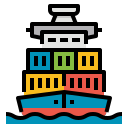
Advantages of using Air Freight vs Sea Freight
- Shorter transit time than sea freight
- Lower risk than sea freight
- None of the additional costs associated with sea freight, such as port dues, inland transit and terminal handling fees, apply to air freight
Typically used when exporting:
- High-value cargo
- Small and dense consignments
- Urgent items
Advantages of using Sea Freight vs Air Freight
- Sea freight is cheaper than air freight
- All forms of cargo can be shipped using sea freight, including some hazardous products that cannot be transported by air.
Typically used when exporting:
- Bulk loads
- Large, heavy products
- Almost all forms of cargo
When exporting to foreign buyers, it is vitally important that you opt for a mode of transport that allows you to deliver your goods efficiently and cost-effectively. Although this article should indicate some of the factors to consider when deciding between ocean transport and air freight, choosing an appropriate mode of transport is not that simple! To ensure that you understand all the essentials of the various modes of transport and their associated processes, Trade Forward Southern Africa, in collaboration with the International Trade Institute of Southern Africa, has created a free and comprehensive online training course that provides training on all aspects of transporting goods, including modes of transport, Incoterms ® and multimodalism. Click the links below to sign up for free and get started.
To sign up to the School of Export CLICK HERE.
If you already have a profile, CLICK HERE to login to begin the module.

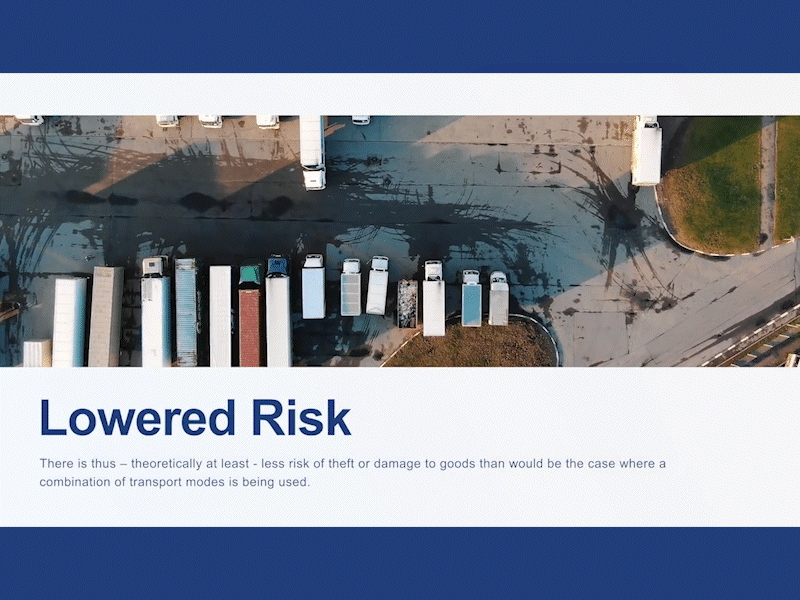
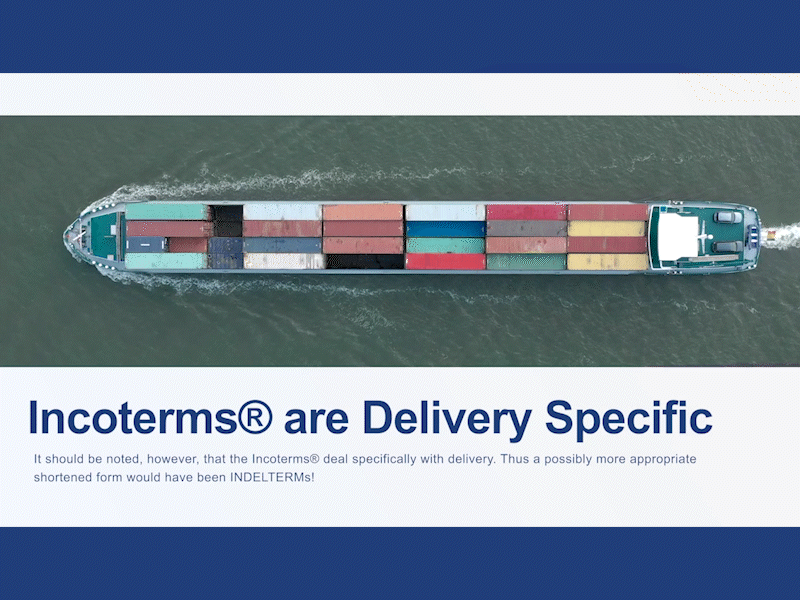
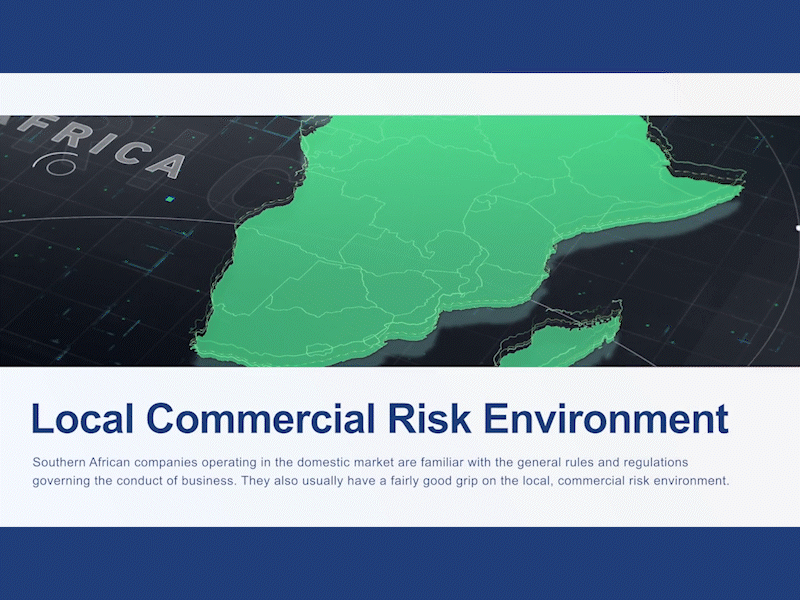

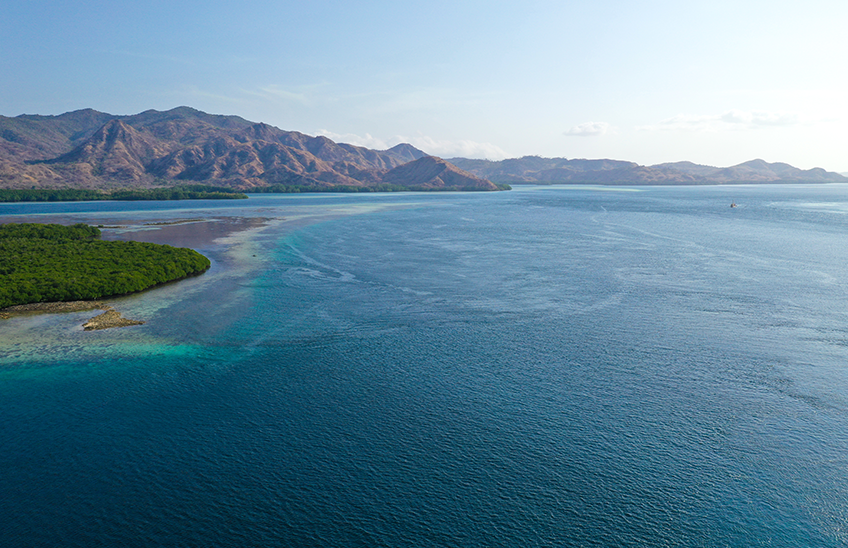




Good one… thankyou for this it is good